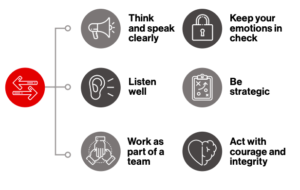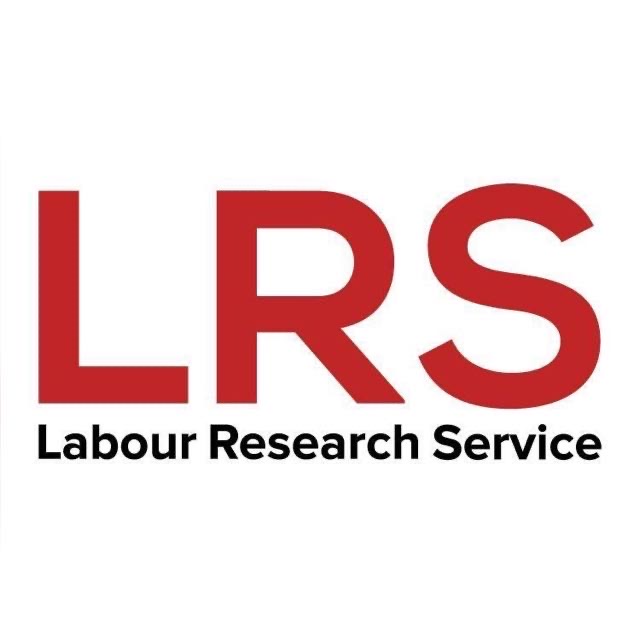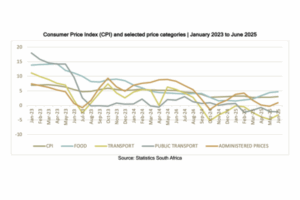From gathering information to developing positions to take into negotiations, learn how the effective negotiator approaches wage bargaining.
The wage for a job is the single biggest determinant of the quality of life of a worker and their household.
In some workplaces, there might be allowances that influence pay. In other workplaces, overtime might have a big influence on pay. Benefits such as provident funds and medical insurance are also important, but these are different in that they can be seen as forced savings for the future. Unlike the basic wage, these benefits have no immediate effect on the lives of workers, even if it has the potential to be very valuable when it does eventually come into effect.
The idea of remuneration involves more than just the basic wage, but wages determine the general level of pay for a job. Wages are easily understood by workers and highly visible to them – after all, that wage is on their payslip every month.
There are certain key steps to take when preparing for wage bargaining. From gathering information to developing positions to take into negotiations, here is a preparation checklist for negotiators.
The wage negotiator’s checklist
1. Gather information
Find benchmarks you can use when you talk to workers. What is the latest inflation rate? What are workers doing similar work at other companies earning? What settlement levels have we seen in collective bargaining recently? How has our industry or sector been performing in the last year or more?
2. Know your members and workers
How many workers are you representing? Are they all earning a similar amount, or are different categories earning different amounts? What are non-union workers earning? Is using casual workers a cheap option for the employer?
3. Get a mandate from workers
Organise a general meeting and speak to as many workers as you can informally. Listen to what is important to them. Try and get agreement on what workers think they can realistically win, and what they are prepared to do to support the demand.
4. Know the workplace
What are the critical parts of the production process and where are your members situated in the production process? How crucial are they to the production process?
5. Quantify and motivate your demand
Put together the demands of all workers from the different departments into one set of common demands. These demands will be forwarded to the company or management in writing, together with the proposed date and time for the meeting.
6. Identify the issues
What is important to workers now and, what is important to management now? What counter proposals do you expect management to bring to the table?
7. Develop positions to take into negotiations
Develop an ideal position or starting position, a fallback or realistic position, and a bottom line.
8. Negotiate
You have the information you need and are well equipped to engage with the other party across the bargaining table and negotiate the best possible outcomes for your members. This phase calls on another skill set – you are required to:

9. Communicate with workers along the way
After every round of negotiation, report back to the workers who will be affected by the outcome of the negotiations and also give your assessment and recommendations about how to move forward. After a full discussion, the negotiators should get a new mandate. The workers can give the negotiating team a fall-back position that they will accept if they cannot win their first demand.
10. Renew your mandate with workers
11. Avoid bargaining alone
Important:
The difference between a wage and a total cost-to-company
A basic salary is the base amount that a worker is paid for their work before any other variable income like allowances and bonuses. If you settle on an 8% increase, then the basic salary will increase by 8%. An increase in salary should have an effect on any benefits that are linked to salary. For example, an employer’s contribution to a worker’s provident fund will often be expressed as a percentage of salary. So, as salary goes up, so too does the percentage contribution.
Wages are one part of cost-to-company or cost-of-employment. Cost-to-company also includes statutory deductions like UIF contributions, skills development levies, and other benefits and allowances that might not be linked to salary.
TIP: The most important thing is that you are clear about what any negotiated wage settlement would look like to workers. Here’s what to ask:
- What will the increase look like to workers in practice?
- What increase will workers see on their payslips?
- Ask the company to show you an example.
- Are there any hidden costs for workers?
The different wage levels
There are different wage levels. A negotiator wants to know what the minimum wage is, what the highest wage in the workplace is, and most importantly, where members sit on the wage ladder. Do most workers earn similar amounts or do different groups earn different amounts? Knowing where your members are positioned on the wage ladder will help you decide on a settlement strategy. Here are some choices.
Structuring the wage increase
Your options include:
- an across-the-board percentage increase, or
- a staggered increase (the higher wage gets a slightly lower percentage increase, while the lower wage gets a higher percentage increase), or
- a Rands-and-cents increase across-the-board (all wages are increased by the same amount of money), or
- a mix of these strategies (for example, workers can choose between a percentage increase (10%) or an amount of money (1000), whichever is better for them. In this example, all workers earning below 10000 would be best off choosing an increase of 1000.







